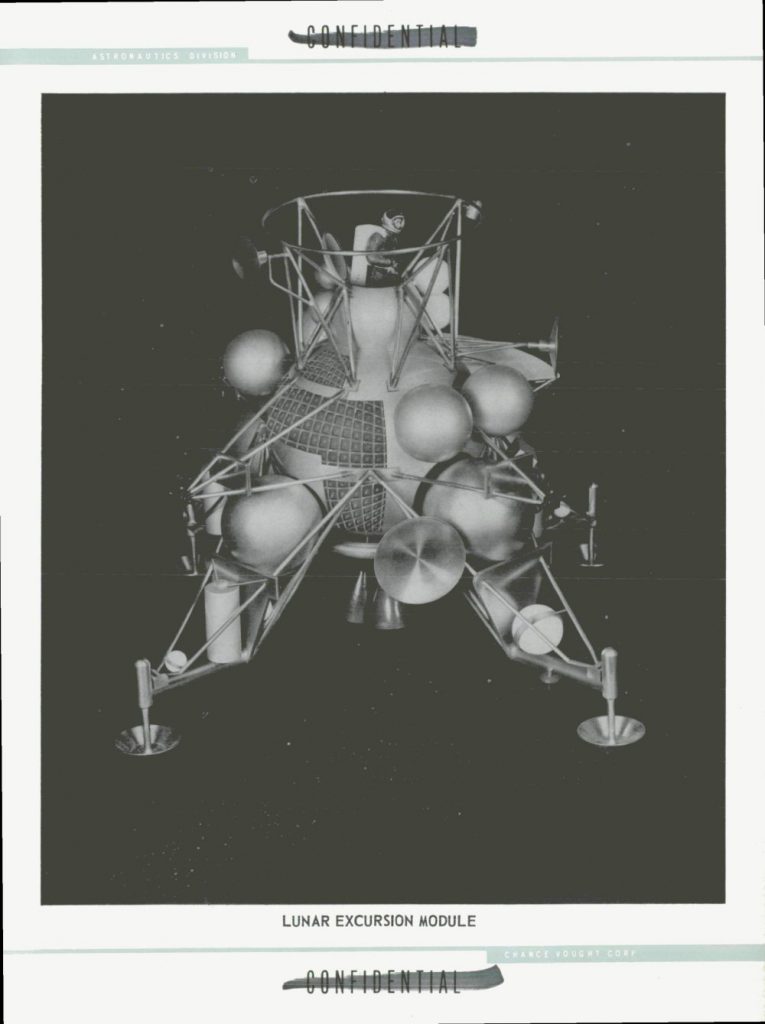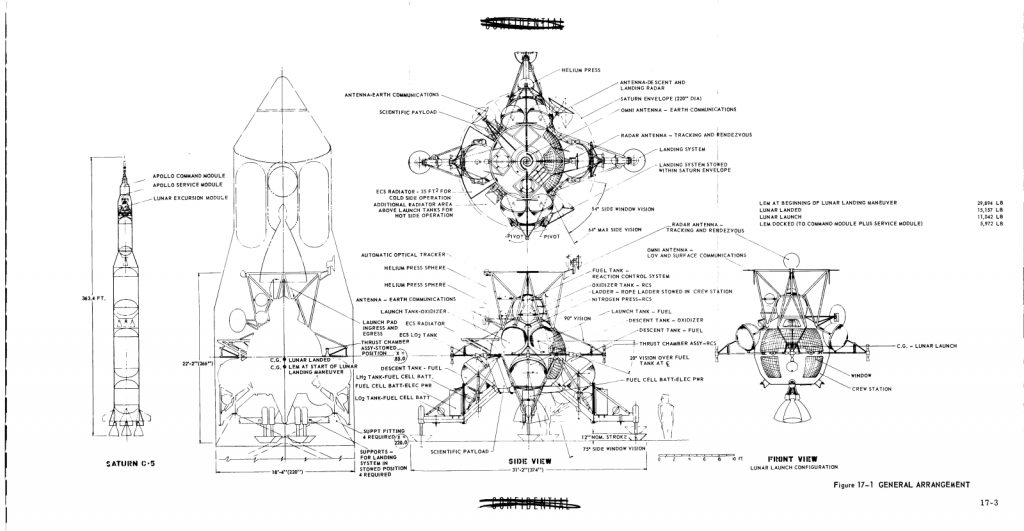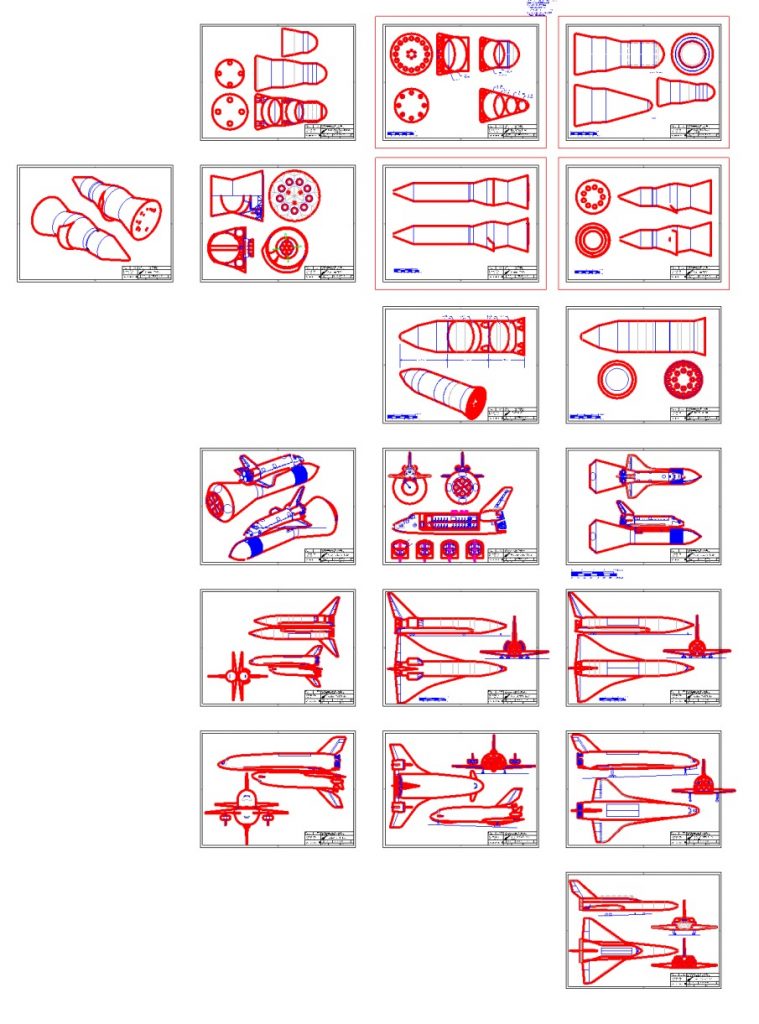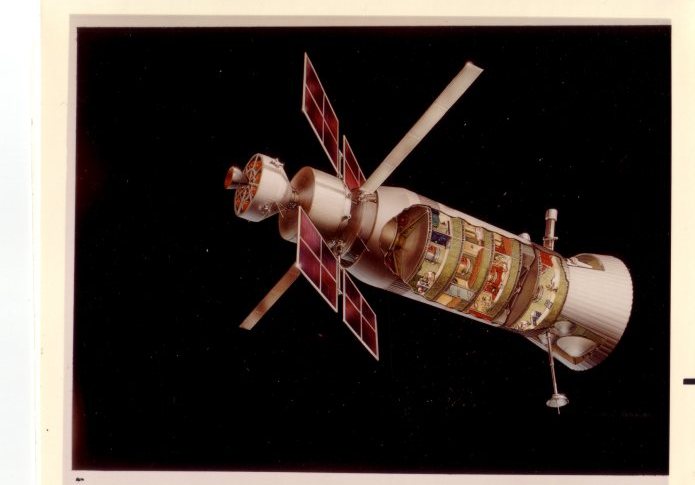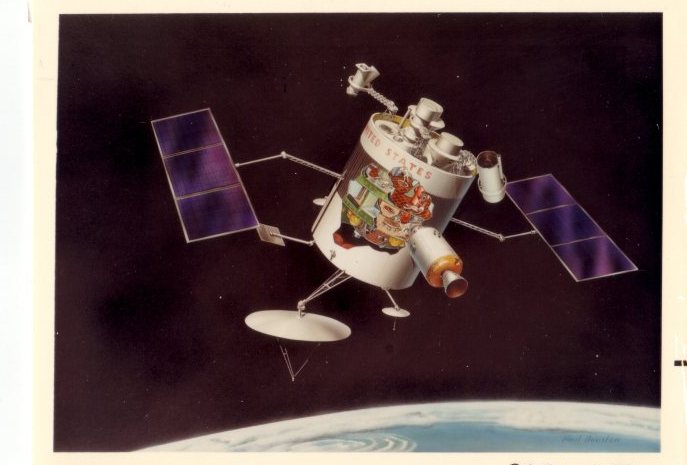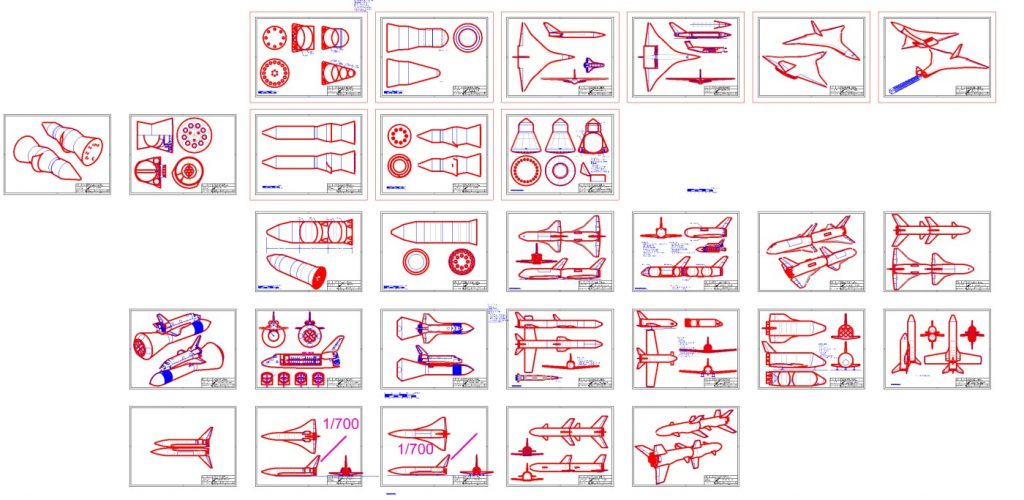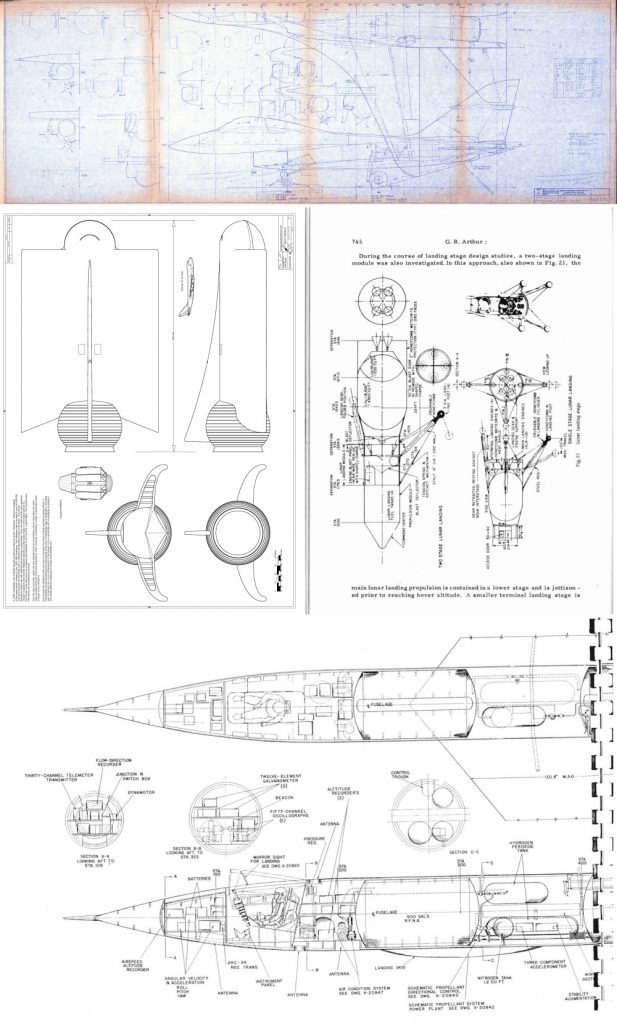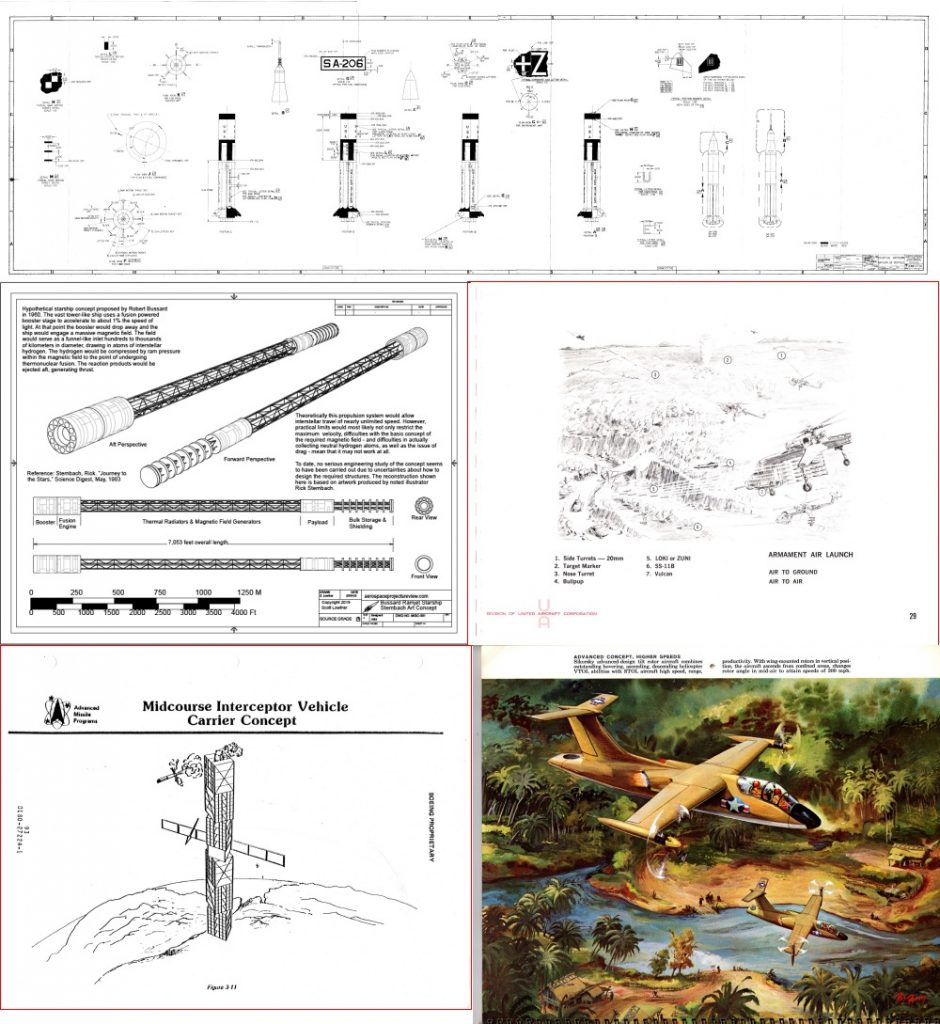One of the documents lost from the NASA Technical Report Server when NASA gutted it in 2013 was a Chance Vought corporation report on a simulator for their lunar lander. The “Apollo Rendezvous Simulator Study” from July 1962 focuses of course on a ground-based simulator, not on a detailed design of their lunar lander… but fortunately the documents do show art and diagrams of the lander. It is an odd looking little bug, with giant windows and a configuration similar to the Soviet LK in that there were no distinct descent and ascent stages, but a single manned vehicle that would leave the landing legs and some tanks behind when it lifted off.
Fortunately, even though it was scraped from the NTRS it can still be found on the Internet Archice/Wayback Machine. Huzzah!
Support the APR Patreon to help bring more of this sort of thing to light! Alternatively, you can support through the APR Monthly Historical Documents Program.
